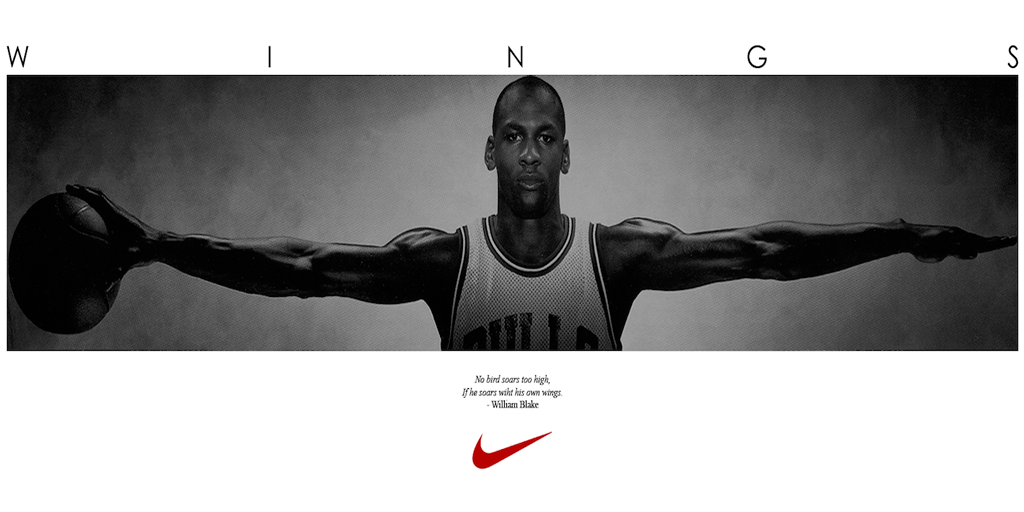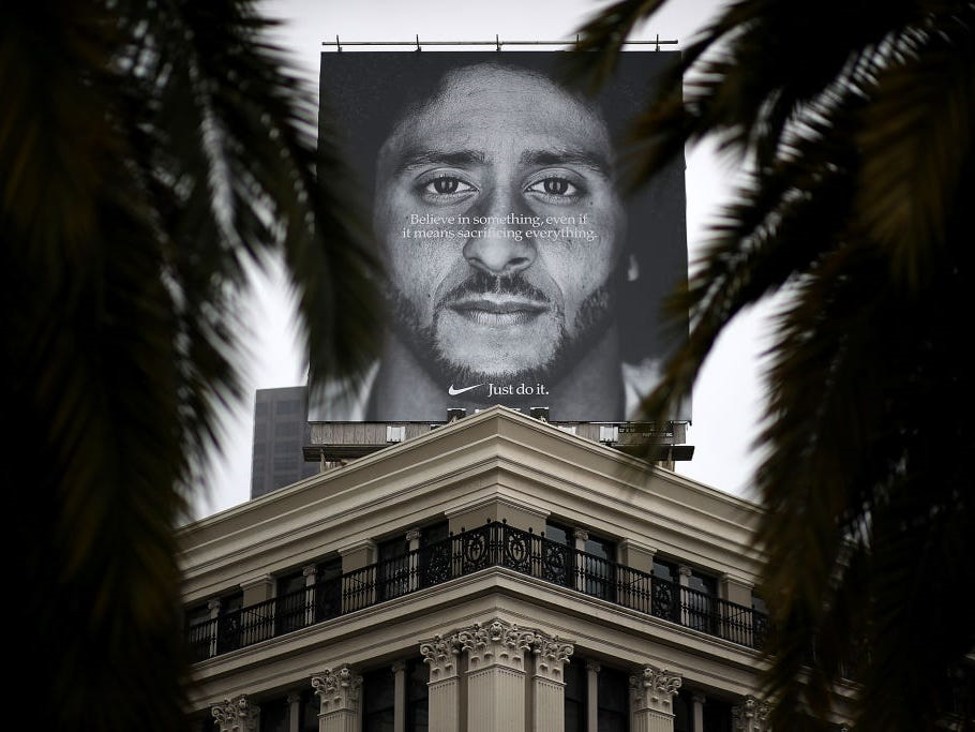Celebrities are now used in advertising formats to bring awareness instead of promoting a brand.
Is it possible to open your phone or watch your favorite show without seeing a celebrity endorsing a product? We are less than a month past the holiday’s and several television commercials come to mind, but for me, the one that stands out the most is Pepsi’s commercial with Cardi B.
Sure, everyone wants cash instead of a sweater, Cardi.
Celebrities are used by marketers in hopes that their status and attraction will reach a wider audience and ultimately pass attention to the product or brand. With the use of social media, celebrities can continuously promote the brand in a less cost-effective way for the company. The use of a celebrity is a brand or company’s attempt to reach potentially a large assortment of consumers and increase brand recognition, recall, and differentiation which becomes an advantage to a company with strong competitors or the launch of a new product.

However, the company isn’t the only one benefiting from the celebrity endorsement of a product. Celebrities often receive free product in agreement to wear/use and ultimately be seen with it to draw attention to the company. Between short clips on media sites such as Instagram or TikTok, celebrities are required by advertisers who are following the ethical code to disclose payment or indicate the free product with hashtags or acknowledgements in the caption. With all types of revenue going back and forth between the celebrity and the company, it is important that advertising remains held to the high ethical standards of consumers. The Institute for Advertising Ethics produced eight principles and practices for advertising ethics to keep companies honest and truthful as the ways of marketing and advertising continuously evolve. However, advertising campaigns have changed dramatically, especially when their product does not match the message they are trying to convey or how it relates to current events. It seems that the advertising ethics no longer apply when a company chooses to make statement about the current climate.
Looking at one of the biggest advertisers who hire celebrities in the form of athletes on a regular basis is Nike. In 2018, Nike’s campaign featured former NFL player Colin Kaepernick who was the first to kneel during the National Anthem to protest racial inequality and police brutality. The printed ad featured Kaepernick’s face with a quote, “Believe in something. Even if it means sacrificing everything” and was followed by a Kaepernick narrated television commercial. Consumers were torn as some believed Kaepernick and other player’s actions were disrespectful to the American flag and the military who have fought and continue to fight for the country and for Nike to celebrate this was unjust. Those who were offended by the campaign shared their disgust and viewed Nike as “anti-American.” It could even be argued that Nike failed to treat consumers fairly based on the nature of the audience to whom the ad was directed. After all, the company was celebrating it’s 30th anniversary and the printed ad lacked any product advertisement. However, the video ad shares a wider range of product placement among athletes of all levels and ages ending with “It’s only crazy until you do it. Just do it.” So, why does the printed campaign conflict with the video message? Nike’s slogan of “Just do it” made it to both ad’s but the final message was different. What is Nike really trying to sell the consumer and does it follow the ethical principles?

Yet, another opportunity for products to partner with celebrities is impending as we approach Super Bowl LIV where commercials are just as important as the game itself. Consumers will be faced with humorous, traditional, and possibly even insulting campaigns. In a matter of seconds after the commercial airs, social media users will descend their opinions, critiques, and praise for both the product and the celebrity.

AdAge released a short, detailed list of advertisers who have purchased ad space in Super Bowl 2020. This list shows that some companies are revisiting their usual characters while others are indeed hiring celebrities to endorse their product. One ad in particular is using multiple famous faces to bring awareness to youth homelessness. Approximately ten of the ads listed contain celebrity endorsers, and while none of the celebrities have a background quite like Kaepernick’s, the National Football League has continued Kaepernick’s intention to create awareness of police brutality and police shootings of young black men. The ad stars a retired NFL player whose young cousin was shot and killed by a police officer in Florida as he waited for roadside assistance.
Principle three, says that content online and offline must be clearly distinguishable between corporate communications and news. With civil unrest within America and the response Kaepernick’s advertisement garnered during the Nike campaign, is the NFL following in the footsteps of Nike? Has the NFL used the news and blurred the lines with corporate communication?
If not, can this campaign be argued that the NFL followed principle eight, and addressed their internal ethical concerns? The NFL has past and present players who are directly affected by these events and they are simply supporting their players. Or did the recent injustices hinder the NFL’s message of professional football as a whole?
References
- Awasthi, A. K., Choraria, S. (2015-10-30). “Effectiveness of Celebrity Endorsement Advertisements: The Role of Customer Imitation Behaviour”. Journal of Creative Communications. 10(2): 215-234.
- Belch, G. E., & Belch, M. A. (2012). Advertising and promotion: An integrated marketing communications perspective (9th ed.). New York, NY: McGraw-Hill Irwan.
- Dominguez, R., Herrero, A., Salmones, M. (2013). Communication using celebrities in the non-profit sector: determinants of its effectiveness. International Journal of Advertising 32:1
- Institute for Advertising Ethics. (2011). Principles and practices for advertising ethics. Retrieved from https://www.aaf.org/_PDF/AAF Website Content/513_Ethics/IAE_Principles_Practices.pdf
- Lee, J., Throson, E. (2008). “The impact of celebrity-product incongruence on the effectiveness of product endorsement”. Journal of Advertising Research. 48 (3): 3.
- Poggi, J. (2019). “Who’s buying ads in Super Bowl 2020.” AdAge. Retrieved 1/21/2019 https://adage.com/article/special-report-super-bowl/whos-buying-commercials-super-bowl-2020/2214691
- Tyler, J. (2018). “Nike’s Colin Kaepernick ad isn’t the first time the brand’s commercials have made a social statement. See some of the most memorable campaigns in its history. Business Insider. Retrieved 1/21/2020 https://www.businessinsider.com/nike-ads-make-social-statements-2018-9
- Wilhelm, H. (2018). “The things that won’t fit in a Nike ad.” National Review. Retrieved 1/1/2020 https://www.nationalreview.com/2018/09/nike-ads-colin-kaepernick-brands-should-avoid-politics/

5 Responses to Is this an Ad or the News?